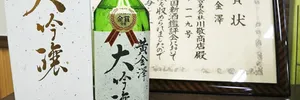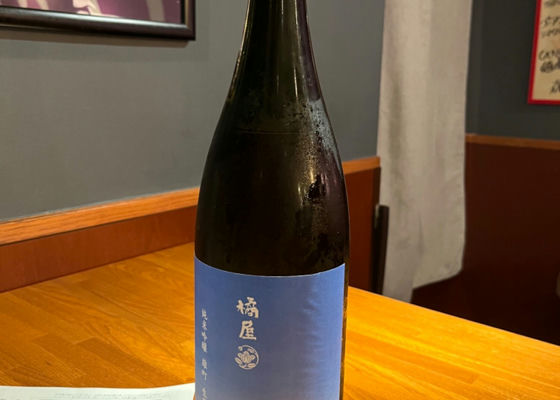
SakenowaRecord your sake experiences and discover your favorites
橘屋Tachibanaya
Flavor Chart®
A chart created from flavor analysis of user comments.

Flavor Tags ®
Tags generated from flavor analysis of user comments.
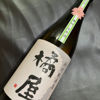
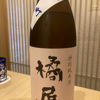
Popular Comments
At Kaki-numa-san.
Choice by recommendation.
It is another brand of Koganezawa which was damaged by the earthquake.
The president's beloved daughter became a toji
The president's beloved daughter became a toji (brewer) and the father and daughter are making sake together.
It has a sweet aroma of lactic acid.
The first sip was not so impressive.
But on the 3rd and 4th day
The sweetness and umami increase
It is a delicious sake that asserts itself👍.
The Senkou Yuumachi that we are drinking at the same time is also delicious, but
but this one is not to be underestimated either❗️
Japanese>English
Brands from Kawakei Shoten
Similar Brands
We analyze the flavors based on everyone's comments and select similar brands.
Location
Takadama6go Nigo, Misato, Toda District, MiyagiOpen in Google Maps
Related Articles
Timeline

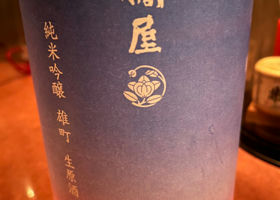
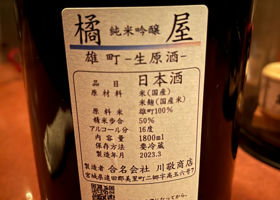
Kobayashi K
Sake bar recommendation, 4th drink. My memory is a little fuzzy, but it was a delicious sake.
Japanese>English
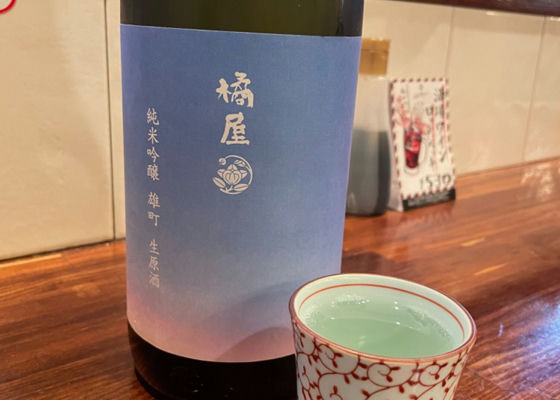
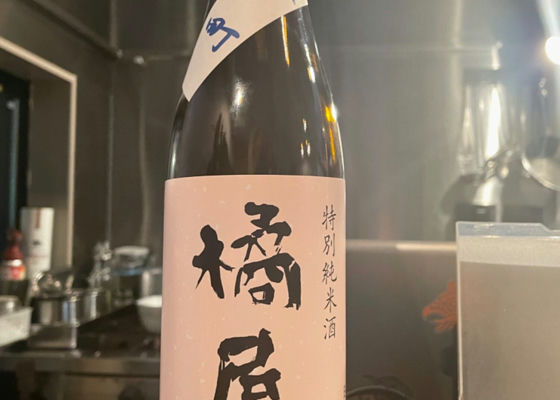
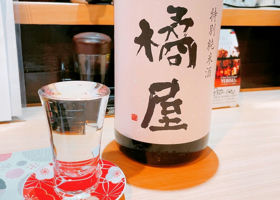
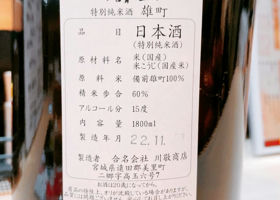
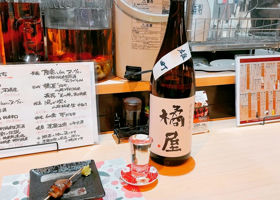
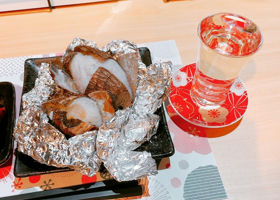
よう
Side dish of the day
Tuna skewer (appetizer)
Grilled taro with foil
At drinking place "Boya
Japanese>English
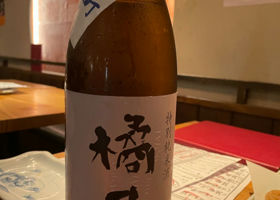
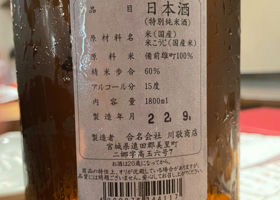
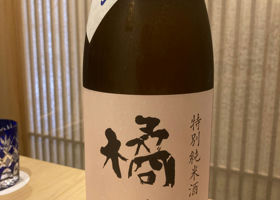
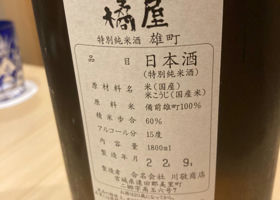
キラタソ
The fourth one today is here 💁♂️.
This is also 100% Omachi, but it was easier to drink than Matsumidori with less sweetness 😋.
Japanese>English
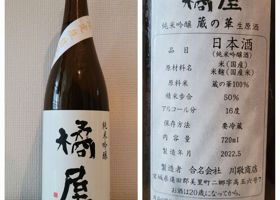
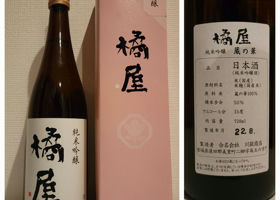
Picus(ピカス)
Taste comparison of a raw sake and a fire-aged (maybe) sake from the same brewery, sake rice, and rice polishing ratio.
Both have a strong acidity and umami from the Yamahai process, but the Hi-ire sake is mellower and seems to go well with sashimi and other light snacks.
The Nama sake is thick and rich, and is good with foods with strong flavors such as sweet-and-sour pork and kimchi.
Japanese>English
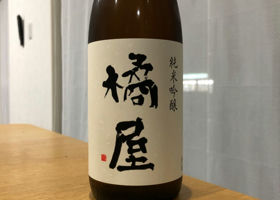
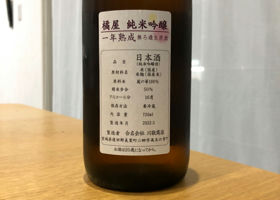
PrinceMichael3_
It was purchased at a sake shop called Mutoya at Sendai Station. It is a limited edition sake available only at the store.
I had an image of a rustic sake because it was aged for one year, but it was not like that at all. There is no sweetness at all.
However, the price is high (2,145 yen including tax), so it is not very cosy.
It goes well with a side dish and is suitable as a food wine.
Matching with Ate
Yaki-gyoza (grilled dumplings)
Stir-fried seafood with salt sauce
Personal preference ★★★+☆☆☆☆☆☆
Japanese>English
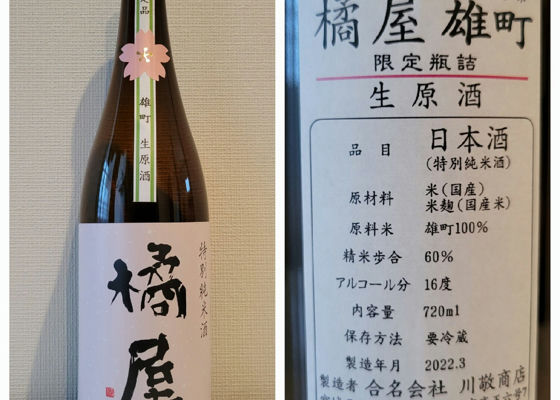
Picus(ピカス)
It was a delicious sake with a good balance of sweetness, umami, and fruity flavors 🍶.
Japanese>English
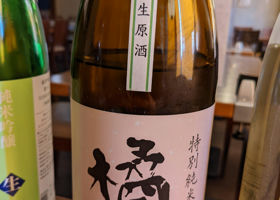
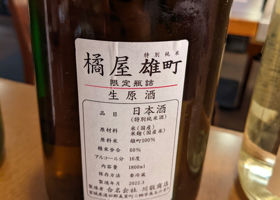
gomumi1120
Cold sake. Full aroma and umami.
Japanese>English
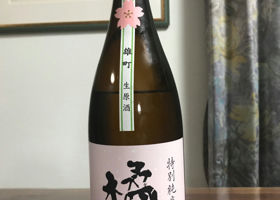
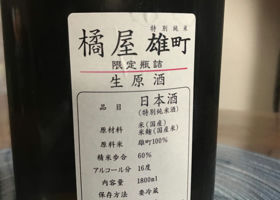
風来望
In April, we are waiting for spring with three cold and four warm days.
We dare to drink it warm rather than at room temperature....
Japanese>English
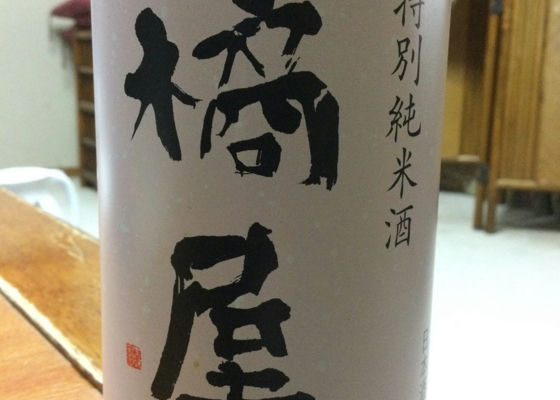
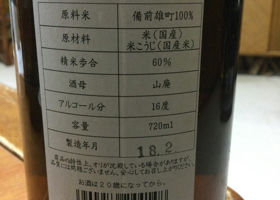
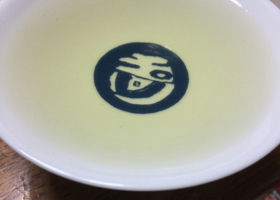
落ち酒屋
Another leftover series. This was recommended to me on a business trip to Sendai as a sake for heating. It has a lot of umami and the character of Omachi, but it's also very crisp. It's definitely for heated sake. My wife recommended it to me on a business trip to Sendai.
Japanese>English
まどぺい
Mild. Tasty but not impactful... ⭐️3.5
Japanese>English
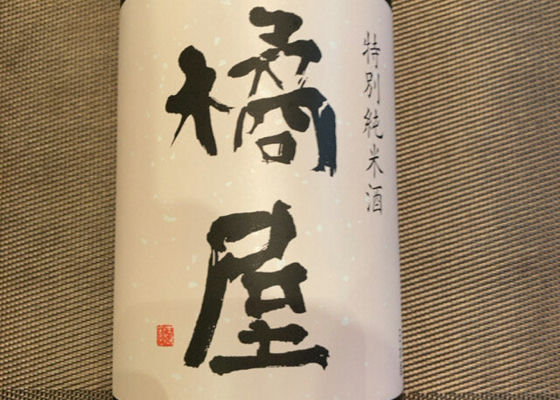
Tachibanaya特別純米 山廃 雄町
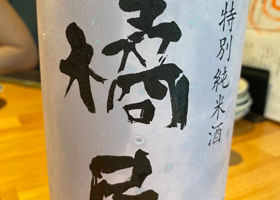
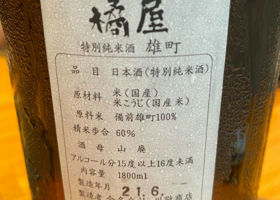
ブランドン
Like the mouthfeel
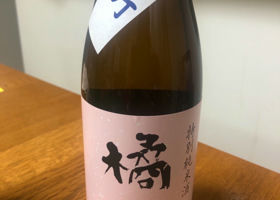
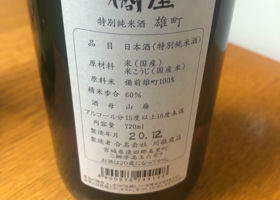
あ
2021/1/25

